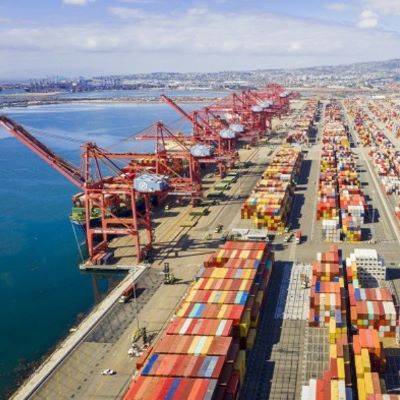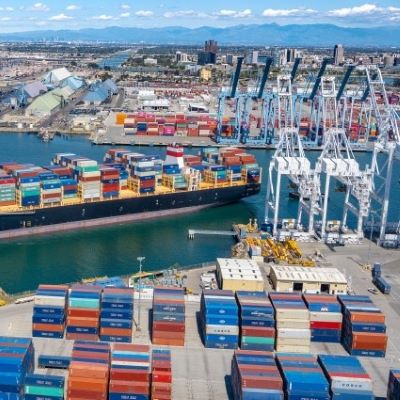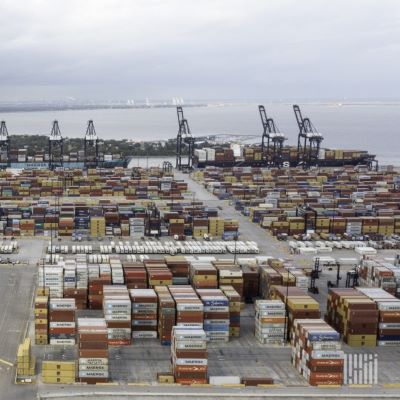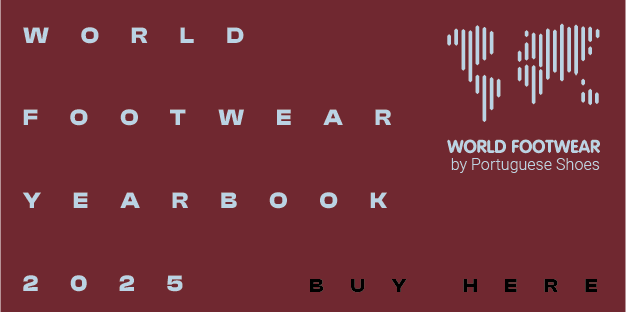FDRA launches new tool to enhance supply chain mapping for footwear brands

FDRA launches new tool to help footwear brands map their entire supply chain, from raw materials to final assembly, ensuring compliance with new regulations on sustainability and forced labour
The Footwear Distributors and Retailers of America (FDRA) has launched a new tool to help footwear brands and retailers achieve greater visibility throughout their supply chains. This tool addresses emerging traceability regulations related to forced labour and sustainability, ensuring that brands can fully map their operations down to the raw materials level. Currently, footwear brands often only focus on the first two tiers of production, where components are processed and final products are assembled. However, new regulations, particularly from the European Union, are pushing for full transparency across all four levels of the supply chain.
The FDRA tool provides brands with a comprehensive roadmap to track each production stage, including the third and fourth-tiers involving farms, mines, and raw material refinement. According to Andy Polk, FDRA's Senior Vice President, this level of detailed visibility is unprecedented in the footwear industry and presents significant challenges. "Typically, brands have never really had to go all the way down to see where materials may be mined from or grown", said Polk.
The tool, which is currently available free of charge, breaks down a shoe into several components to assist brands map the supply chain for upper and lining materials. By 2025, the tool will be expanded to include other components such as outsoles and insocks. FDRA believes this resource will help companies comply with regulations and enable them to provide greater consumer transparency. Brands using the tool will be able to provide scannable digital profiles for their products, offering buyers insight into the origins and production processes behind their purchases.
Beyond aiding brands and consumers, FDRA hopes that the tool will serve as a resource for policymakers, providing a realistic view of what can be achieved regarding traceability in the shoe industry. Although footwear and apparel have distinct supply chain systems, they are often treated the same when it comes to traceability requirements.
Polk encourages brands to begin the mapping process as soon as possible, as it can take 12 to 24 months to complete. “My hope is this will provide the roadmap that gives people the confidence to start to fill in the gaps and really start to get ahead of the game and be on the offence as an industry instead of playing more defence when it comes to these regulations”, he commented.
The FDRA tool provides brands with a comprehensive roadmap to track each production stage, including the third and fourth-tiers involving farms, mines, and raw material refinement. According to Andy Polk, FDRA's Senior Vice President, this level of detailed visibility is unprecedented in the footwear industry and presents significant challenges. "Typically, brands have never really had to go all the way down to see where materials may be mined from or grown", said Polk.
The tool, which is currently available free of charge, breaks down a shoe into several components to assist brands map the supply chain for upper and lining materials. By 2025, the tool will be expanded to include other components such as outsoles and insocks. FDRA believes this resource will help companies comply with regulations and enable them to provide greater consumer transparency. Brands using the tool will be able to provide scannable digital profiles for their products, offering buyers insight into the origins and production processes behind their purchases.
Beyond aiding brands and consumers, FDRA hopes that the tool will serve as a resource for policymakers, providing a realistic view of what can be achieved regarding traceability in the shoe industry. Although footwear and apparel have distinct supply chain systems, they are often treated the same when it comes to traceability requirements.
Polk encourages brands to begin the mapping process as soon as possible, as it can take 12 to 24 months to complete. “My hope is this will provide the roadmap that gives people the confidence to start to fill in the gaps and really start to get ahead of the game and be on the offence as an industry instead of playing more defence when it comes to these regulations”, he commented.
Image Credits: porttechnology.org
















